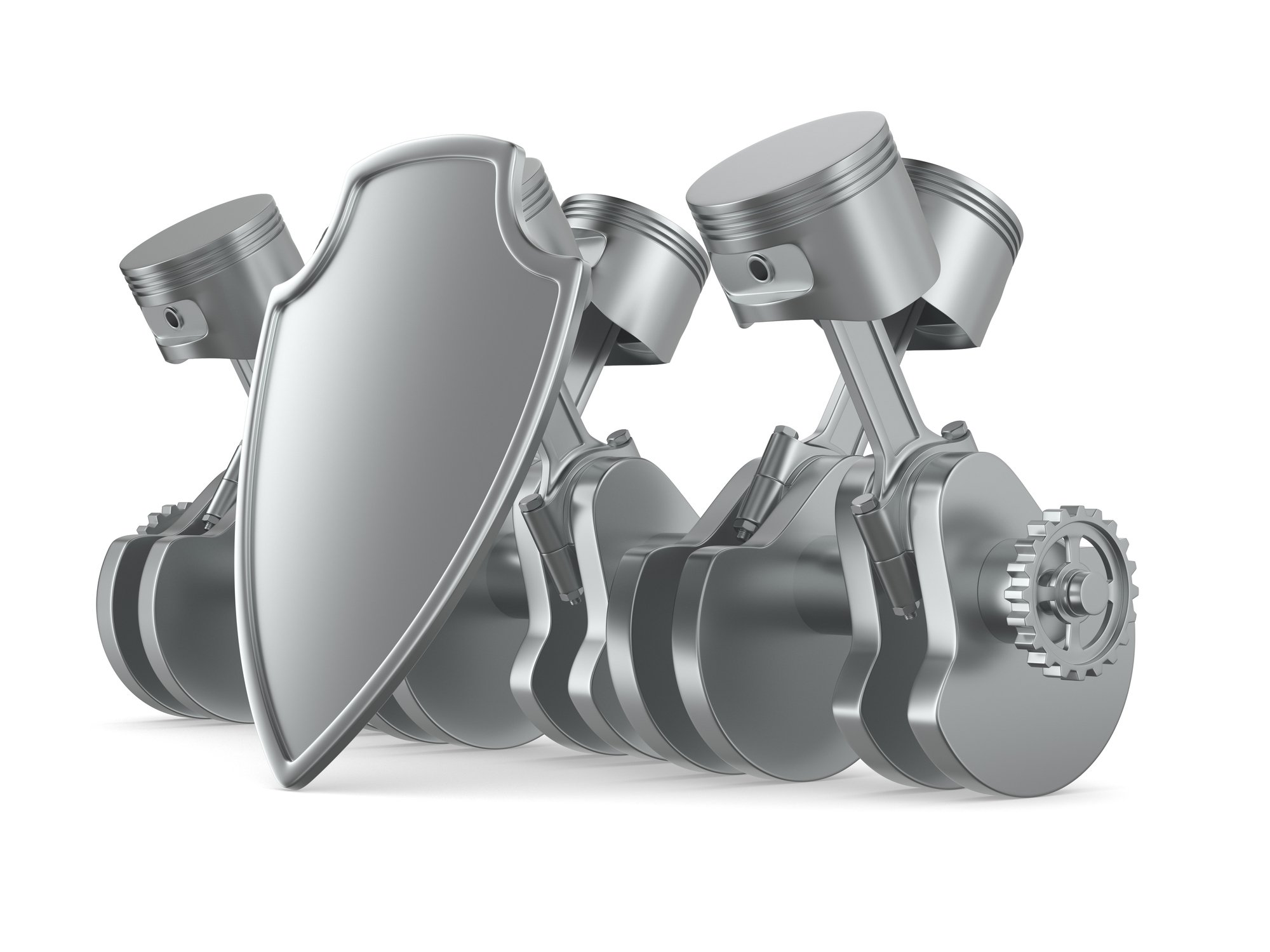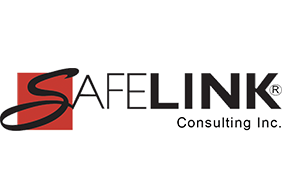Injuries are common in the workplace, with the number of workplace injuries and illnesses reported by private sector companies in 2020 being 2.7 million.
Since coming in contact with equipment is one of the top three leading causes of occupational injuries, the Occupational Safety and Health Administration (OSHA) has regulations on machinery and machine guarding to enhance equipment safety.
If you are looking for ways to prevent hair entanglement, amputation, and ignition or flame sources while using rotary equipment and other machinery, these easy guidelines can help maintain equipment safety in the workplace, such as, use of rotary equipment and other machinery.
1. Install a Guard
A machine guard is a barrier that stops a machine operator from entering a dangerous area. They are a great way of preventing amputation and hair entanglement from rotary equipment and other machines.
OSHA’s regulation standard number 1910.212 applies to machinery and machine guarding, while 1910.243 relates to hand and portable powered tools and other hand-held equipment. There are four types of guards:
- Fixed: Will allow material to enter the machine but not body parts. It has no moving parts.
- Adjustable: Similar to fixed, but the operator can adjust the guard.
- Self-adjusting: Works the same way as the adjustable guard, only that the machine will adjust the opening.
- Interlocked: Has a sensor that will trip and shut down the machine if you remove the guard.
2. Install a Safeguarding Device
Safeguarding devices are attachments that, when built and placed correctly, will keep workers out of potentially hazardous machine sections. You can use them to supplement guards or replace them, so the same OSHA regulations for guards apply here.
The following devices are handy for preventing hair entanglements and amputations:
Presence-sensing devices: These use light or radiofrequency to detect a hand or other body part movement within the machine and stop the machine. There are two main types: photoelectric presence-sensing and electromechanical sensing devices.
Pullback devices: They will hold the operator’s hands back or yank them out of danger.
Restraint devices: Have straps that stop the operator’s arms from extending beyond their physical capabilities, ensuring they only operate within safe zones.
Safety trip controls: Provides an emergency stop button or pressure-sensitive bar that you can press to stop the machine in an emergency.
Two-hand trip devices: These machines require the operator to place both hands at designated points to keep the machine running. If you take one hand off, the machine will shut down.
3. Always Wear Protective Gear
Rotary equipment can cause serious injury if you do not use the proper personal protective equipment (PPE). These are also great for protection against ignition and flame sources.
To protect against amputation, OSHA regulation 1910.138 deals with protection for the hand, while regulation 1910.136 handles danger to the foot.
Standard number 1910.269 is about protection from flames and electric arcs, while 1910 Subpart L concerns itself with fire protection.
4. Additional Methods for Equipment Safety
Although these might not physically stop workers from interacting with machines, they might enhance safety around rotary equipment and other machinery:
Keep a safe distance: Keep your body parts at least six inches away from rotating machinery. It also helps to provide warnings of the dangers posed in certain areas.
Restrain personal items: loose clothing, long hair and jewelry
Safe position of controls: Control devices allow you to turn equipment off without touching machine parts. Position them where they are easily accessible.
Fencing: It involves physical shields and barriers around dangerous machinery to protect workers from debris, ignition, blades, and rotating parts.
Safe opening: Only provide openings to sides of the machinery that are safe for operators.
Final Thoughts
Since a workplace with rotary equipment and other machinery can pose a danger to workers, training is essential. Ensure that workers are trained on the use of machine guards, devices, personal protective equipment, and other safety measures that will prevent injury.
Learn more about what SafeLink Consulting can do to help your business with compliance services, including safety compliance, to meet OSHA training requirements and quality system consulting to meet FDA compliance. SafeLink Consulting assists businesses with workplace safety training, infection control training, HIPAA training online, quality systems, assessments, audits, due diligence, and more.
Industries include:
Dentistry compliance - assisting the dental practice with meeting requirements for OSHA, HIPAA, EPA, and CDC guidelines, patient safety and employee health & safety
Dental Laboratory compliance - assisting the dental lab with meeting requirements for OSHA, FDA, and CDC guidelines, employee health & safety, plus FDA requirements for lab manufacturing custom implant abutment /gmp for medical device manufacturers
Medical Device Manufacturers compliance - assisting with meeting OSHA compliance & FDA requirements, GMP - good manufacturing practices
General Industry compliance - assisting with OSHA compliance and FDA compliance as it pertains to the specific business
Beverage Industry compliance - assisting beverage businesses such as the craft brewery, winery, cidery, distillery, vintner with meeting OSHA compliance, health & safety, FDA requirements / GMP - Good Manufacturing Practices






Leave Comment